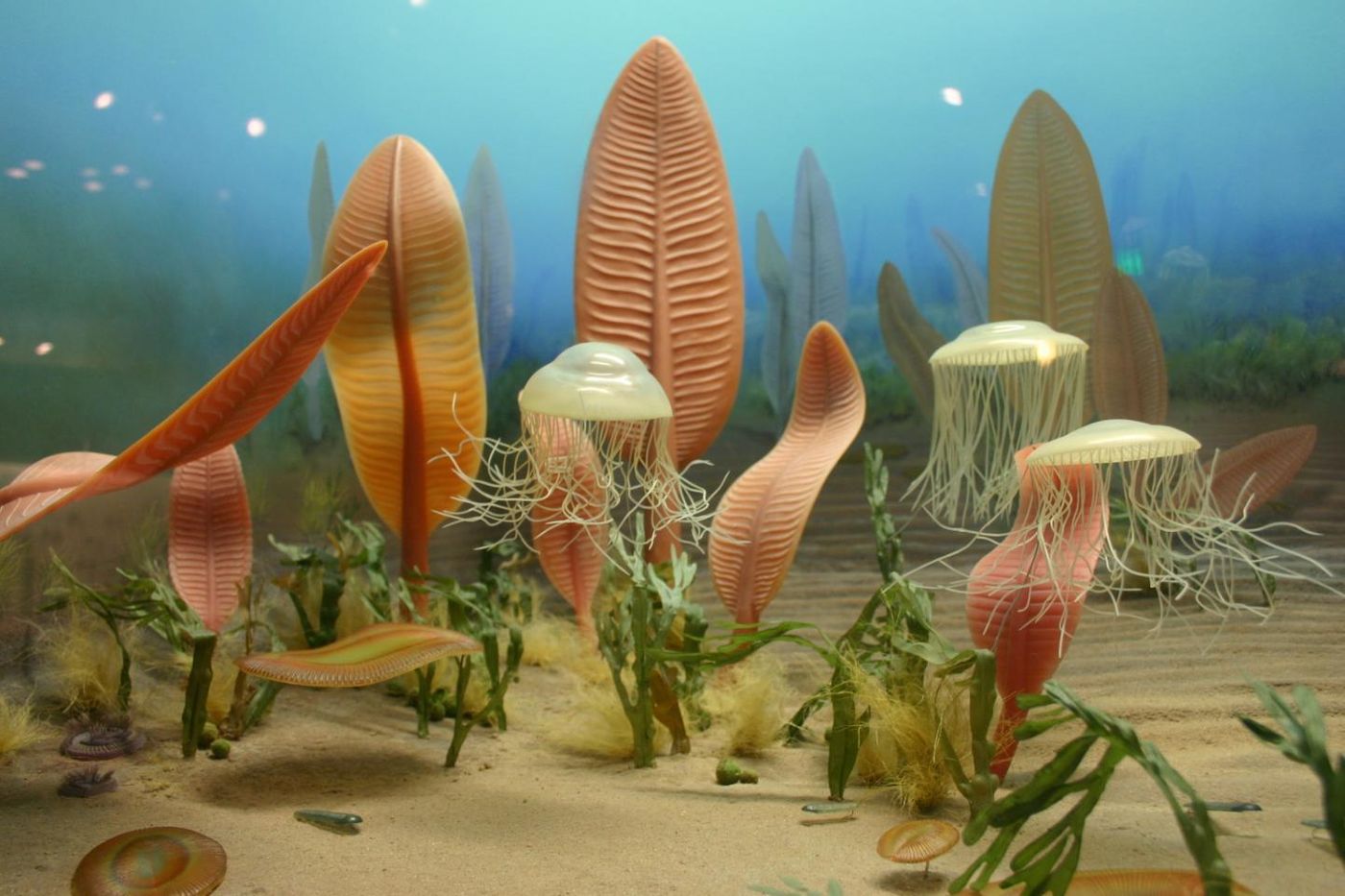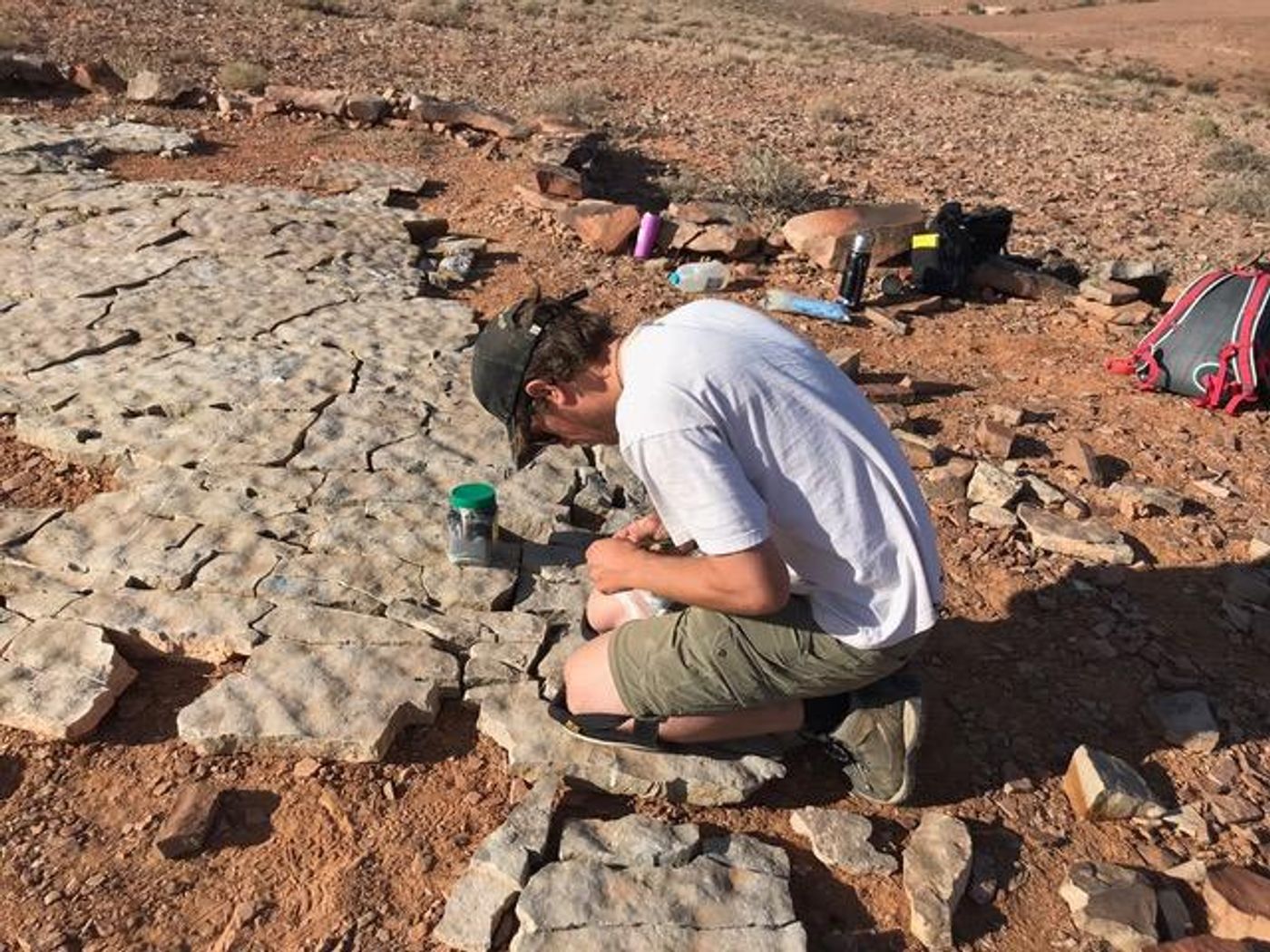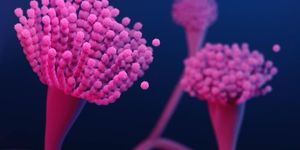Modern Animals Still Have Similarities to Our Weird Ancient Ancestors
Recent research involving ancient marine animals shows how humans and other animals still carry some of those animals' characteristics with us today. Now another study has shown that the earliest multicellular organisms used biochemical pathways and processes that are still at work in modern organisms. While those ancient creatures did not have arms, legs, or even heads, we have things in common with some 555-million-year-old organisms from the Ediacaran period.
“None of them had heads or skeletons. Many of them probably looked like three-dimensional bathmats on the seafloor, round discs that stuck up,” said Mary Droser, a geology professor at UCR. “These animals are so weird and so different, it’s difficult to assign them to modern categories of living organisms just by looking at them, and it’s not like we can extract their DNA; we can’t.”
In this work, Droser and Dr. Scott Evans studied fossil records and research reports that describe the appearance, likely behaviors, probable genetic makeup, and protein expression in these animals, and focused on four that are thought to represent the 40 Ediacaran era-species that have been identified. Their findings have been reported in the journal Proceedings of the Royal Society B.
The animals were Kimberella, which had a teardrop shape and probably scoured the seafloor with a proboscis looking for food. Similar to today's snails, they could move with a 'muscular foot.' The Dickinsonia are shaped like ovals, and are known to have produced cholesteroids. Tribrachidium stayed in the same place on the ocean floor. and exhibited unusual three-fold symmetry. The last group of creatures were the Ikaria, which had a shape like a grain of rice, and are thought to represent the first bilaterians.
All of the animals were made up of multiple types of cells, and most were symmetrical. Similar biochemical pathways like those seen in today's animals, such as Wnt and Pax genes are thought to have been at work in these organisms. All four creatures also had musculature and a form of a nervous system. Apoptosis, a form of programmed cell death used by the body to eliminate diseased or damaged cells that cannot be repaired, also seemed to be used by cells in these animals.
While these ancient animals probably also carried the genetic sequences that would one day generate body parts like heads and sensory organs, they did not yet have the genetic complexity to produce these features. Researchers can look at physical features that are known to arise from certain gene pathways, or study the modern relatives of these ancient organisms.
“The fact that we can say these genes were operating in something that’s been extinct for half a billion years is fascinating to me,” Evans said.
The team is planning to continue their efforts to understand animal evolution; they are especially interested in muscle development.
“Our work is a way to put these animals on the tree of life, in some respects,” Droser said. “And show they’re genetically linked to modern animals, and to us.”
Sources: Science Daily via University of California Riverside, Proceedings of the Royal Society B










